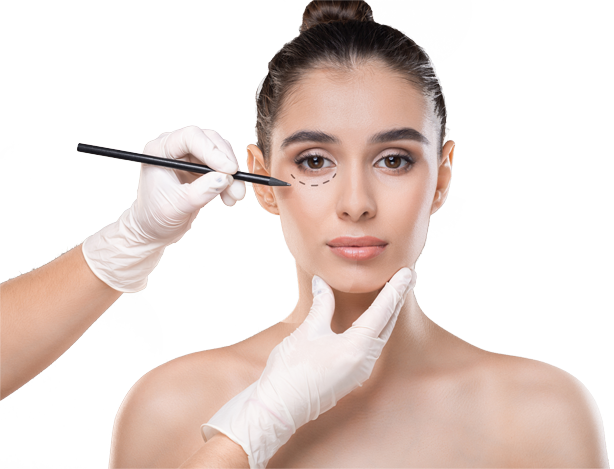Seborrheic keratosis
Skin appearance changes with age and some spots or growth are visible around middle age. Some growths appear as raised flat bumps or lesions which are waxy/scaly in nature and visible on the face, chest, back, or on shoulders. These lesions are non-cancerous in nature and appear in black, brown, or grey colour ranging in size from a small spot to a large patch.
Seborrheic keratosis are harmless growth but raises aesthetic concerns because of which people look for a treatment. Some of the commonly considered treatments are as follows –
Cryotherapy where liquid nitrogen is used for freezing the growth and destroying the tissue.
Curettage is where the growth is scrapped off with the help of a sharp sterile instrument called a curette and tissue is removed.
Electrosurgery where electric current is used for burning the tissue.
Laser therapy is where the tissue is destroyed with the help of a laser.
These procedures are possible only in the well-equipped clinic of a dermatologist. This specialist evaluates the growth and recommends skin biopsy or certain tests to confirm the non—cancerous nature and suggests the appropriate therapy.
Faq
Frequently Asked Questions
Seborrheic keratosis
A. The cause of seborrheic keratosis is unknown but age factors and exposure to the sun are considered to be probable reasons. They are commonly seen with a family history.
A. No. Seborrheic keratosis is not contagious in nature. It’s a skin growth that is not caused by any virus or bacteria. Any change in shape or size noticed over a period should be brought to medical attention.
A. Seborrheic keratosis can be treated in multiple ways like cryotherapy, electrosurgery, curettage, and laser therapy.
A. Natural remedies like tea tree oil or apple cider vinegar etc have been considered for application due to their anti-inflammatory and keratolytic nature but there is no scientific data on their effectiveness. It is advised to follow dermatologist’s advice
A. Basically seborrheic keratosis is a benign growth (self-limiting) of non-cancerous nature. But any change in shape or size over a period of time should be evaluated by a dermatologist to rule out any possibility of skin cancer.






